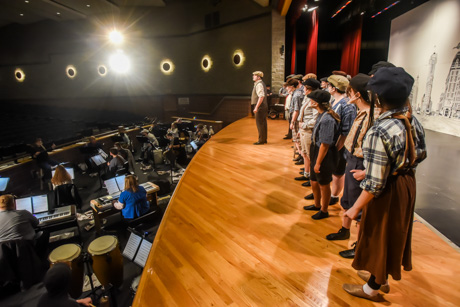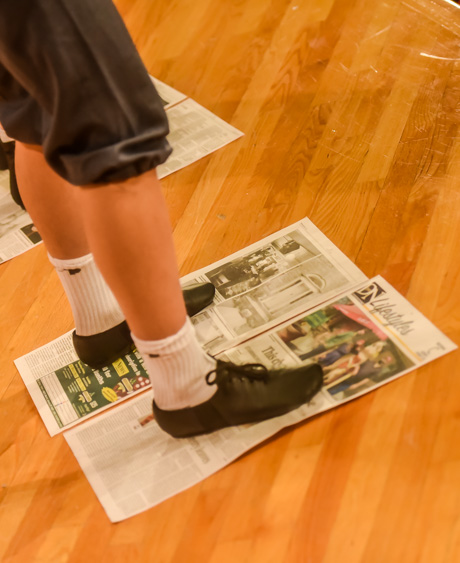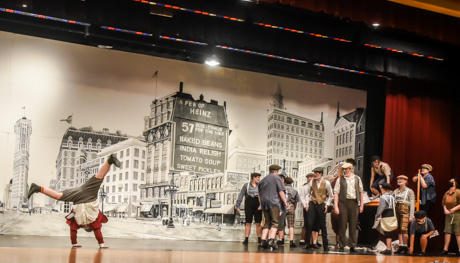Letters to the editor have long been a means of expression for the average guy or gal who doesn't have have a bullhorn loud enough to get everybody's attention otherwise. Of course, much of that has changed owing to the ostensibly even playing field of Internet publishing. Still, though, many folks opt for the more conventional route of the op-ed page of their local rag, and aside from a few snips here and there, the letter writer's voice comes through relatively unscathed, literally for better or for worse.
Leave it to the political machines then to undermine the sanctity of even this bastion of individual expression by issuing cookie-cutter templates that authors are encouraged to pretty much just sign and send in to the newspaper as his or her own letter to the editor.
Leave it to the political machines to squelch any vestige of individuality still left us, for we can't have too much of that running rampant in an election year. Folks may actually wake up to the reality that just about none of these candidates—whose own individuality has often been subsumed by the machine—really represent them and theirs.
Here's what I read in an editorial from the Democrat & Chronicle this morning:
Some candidates and their agents on the Web are urging their supporters to use their "guides" in writing letters to the editor. The guides are really form letters in another form. The practice is dishonest and unfair. The dishonesty is obvious — the "guided" letters in no way disclose that the content is largely the product of someone other than the writer. It's unfair, too, because legitimate letter writers who produce original material may lose their space on the page to a bogus submission.
As with so much else on the Web, common sense is the best guide. If an anti-John McCain or Barack Obama site tells you something is a "fact," confirm it with one or two other sources. Don't forward material to your buddy list without fact-checking. If you write anything on the Web, be sure the work is your own and that fact and opinion are clearly delineated.
The campaigns should put a stop to phony letters. But the best way to end this practice is for those asked to engage in these fake-outs to say no. Better Web practice begins with millions of daily users doing the right thing.
There are a few things at work here worth some conversation.
1. How does anonymously produced generic information effect the relativity of truth and individuality? Does it further obscurity or transparency?
2. What are we to make of the ever-broadening underhandedness of the political machines that seem to outpace at every turn any sense of what it means to do the right thing? (This would be the main question posed by the editorial.)
3. What has become of individual expression if the line between the individual and the machine has become so blurred that the former acts as no more than the ratifier of the latter's mass-produced misinformation?
Finally, what may be the most important question to ask here is: How do we navigate in such a sea of misinformation? The editorial suggests that the responsibility lies with each individual—make sure your own work is your own work. But isn't this getting ahead of ourselves when the real issue is that the individual has been so comprimised by such political tactics that he or she sometimes can't even be located?











